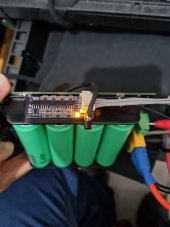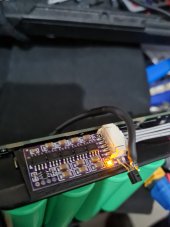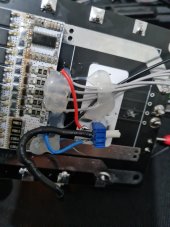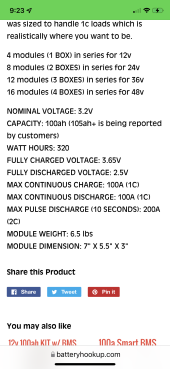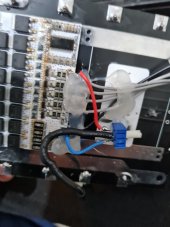I think I found a fairly simple solution for making active balancers turn on automatically:
My idea was this: Use a small transistor as the switch for the active balancer. This transistor will turn on when it's base pin will get enough voltage. As transistors usually have some sort of forward voltage (like a diode) that has to be overcome in order to switch on, we can simply use a voltage divider on our battery pack, connected to the base pin. Usually this is around 0.7v.
The easiest way to do this, is use a potentiometer (pot) with all three pins in use, like this:
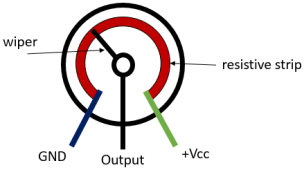
GND and VCC go to our battery main negative and positive respectively.
Output goes to the base of the transistor.
Now we can calibrate our pot, to output at least 0.7v when our pack voltage rises above a certain threshold.
So I put my theory to the test and it's seems to work!
But before you go run and do this, please read through my experiment and implementation (use at your own risk!).
I recently got some of these small (1.2A) active balancers from Aliexpress:
For my experiment I used the 4s model, which is suitable for Li-ion and Lifepo4.
I got these because they are low cost and have a switch option (like the "RUN" pads on the bigger Heltec active balancers).
I did this experiment on a 4s 21700 battery holder with built in BMS which has passive balancing (also from Aliexpress).
I soldered the wires from the balancer to the BMS (B- for the negative wire, and four cell wires to each cell pad respectively).
I check to see that everything is working and that the balancer turns on.
Then I removed the cells from the holder and did a continuity test between the switch pads and the 5 leads and found out that the switch pad is connected to cell 1 (basically powering the PCB from the first cell). Note that this might be different on other balancers, so do your homework first!
I had to cut the tiny trace that was in between these pads (they chose to put a small trace between them, rather that just soldering them together like Heltec does on the RUN pads).
I then took an NPN transistor I had at hand (2N2222a) and soldered the "collector" pin to the first pad which is connected to cell 1, and the "emitter" pin to the other pad (the one going to the circuit).
I then took a 10kOhm pot, and connected the outer pins to B- and B4 (each to its own).
I soldered a 100kOhm resistor to the output (middle) pin of the pot, just for added safety, making sure the base pin of the transistor won't pull too much current.
Before soldering the output with resistor to the base pin, I calibrated the pot like this: With cells removed (!) I connected my PSU to the respective outer pins of the pot (using crocodile clamps) and put my PSU to output 16.0v, which is when I want the active balancer to start (4.0v per cell for Li-ion).
I then measures voltage between Negative and the output, to see what voltage I was getting from the pot (acting as a voltage divider). I slowly turned the pot untill it reached 0.7v.
Then I soldered the output wire (with resistor) to the base pin of the transistor. Inserted the cells again, and made sure no shorts or any smoke are present.
The balancer was off because my total pack voltage was around 15v.
I then connected a charger to the pack, charging slowly and long behold the balancer came on when 16v was reached!
You might have to tweak your pot a bit to get the exact voltage you want, but it works.
You also need to make sure what kind of switching you balancer does (if the switch is on the positive or negative side). Also make sure your transistor is rated properly for your voltage.
The pot is 10k like I mentioned. As it's always connected to the pack, It draws 1.68mA which is not bad. If you want to lower this even more you might need to search for a higher resistance pot.
I hindsight, maybe I shouldn't have connected the pot to the battery negative. Rather I should have connected to the BMS P- port, to avoid the pot discharging the battery all the way down.
This will also give some more protection if there is a short. Maybe a small fuse could have been used too.
So here are some pictures.
It's a bit of a sloppy job, because this was just for experimenting, just to prove that it works.
